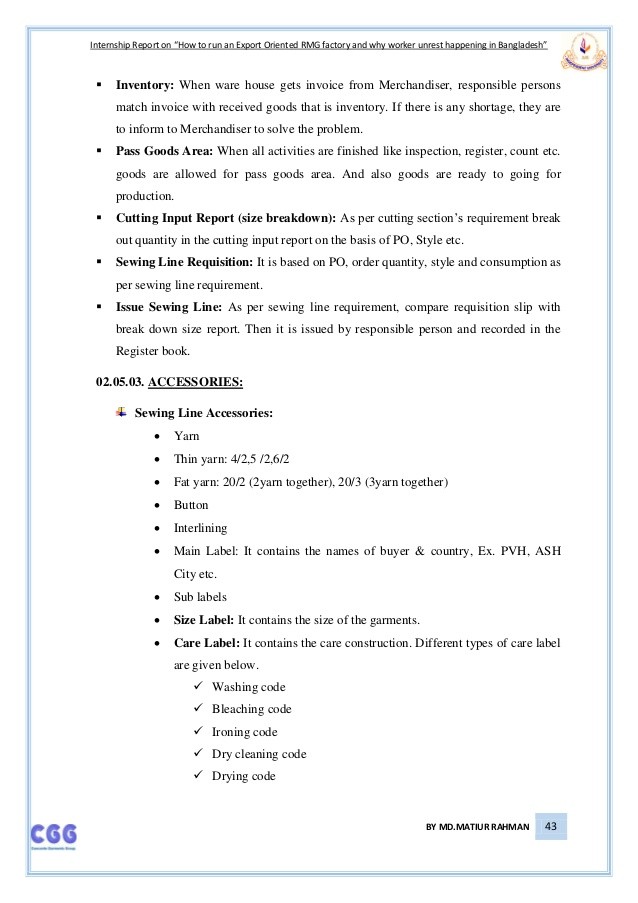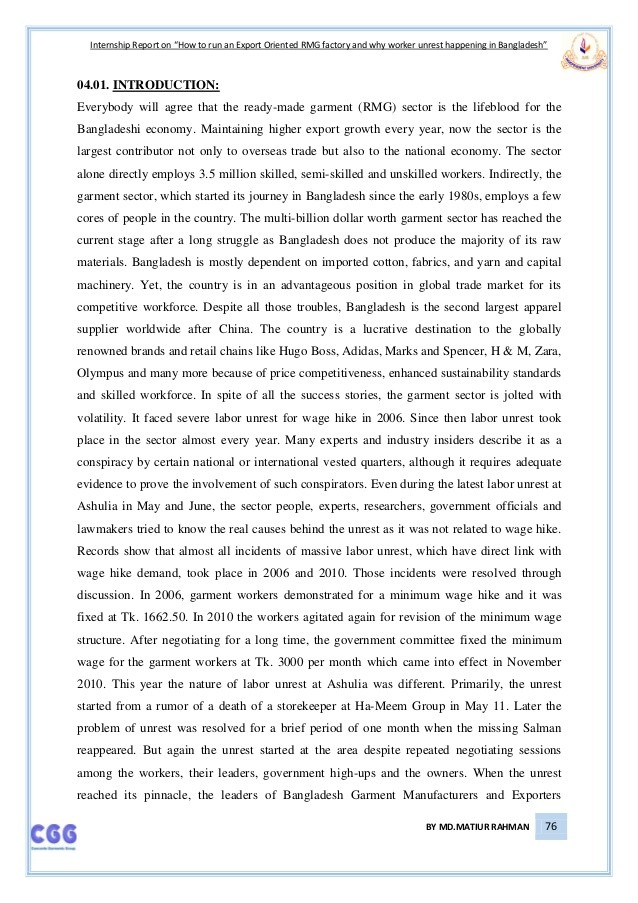An Introduction To The FRM Designation_1
Post on: 11 Апрель, 2015 No Comment

With a strong emphasis on real world financial applications, the program incorporates practical coursework in Law, Accounting, Mathematics, Finance and Business. We are proud to announce that the Master of Science in Financial Risk Management (FRM) Program was approved for a STEM Designation.
The FRM Program is a lock-step program which requires 33 credits to be completed in four consecutive semesters. There are eleven full-semester 3-credit courses for domestic students and twelve full-semester 3-credit courses for international students.
In addition, in response student requests, we are offering the option to take an additional semester. This semester will include two courses on advanced and quantitative applications in Financial Modelling and Financial Engineering and a comprehensive course on Enterprise Risk management (ERM). This change will extend our 15 month program to 19 months. This will change the total number of courses to fourteen full-semester 3-credit courses for domestic students and fifteen full-semester 3-credit courses for international students. The students choosing this option will graduate in May rather than in December. The specific detail on the additional 3 courses will be posted shortly
The courses in the program fall into four categories:
Financial Markets
One three credit course provides an overview of financial markets with introduction to various financial instruments and risk management.
Financial Risk Modeling
Three 3-credit courses provide mathematical and statistics background, covering topics such as discrete and continuous stochastic processes, stochastic calculus, statistical analysis of financial data, and the relation between stochastic processes and stochastic differential equations. The courses also provide exposure to a broad range of analytical techniques for asset valuation and risk management. Students will learn numerical methods and Monte Carlo simulation techniques for solving practical asset valuation problems.
Financial Risk Management
Three 3-credit courses provide an open discussion of underlying theory of risk assessment in asset valuation and financial markets, and the modeling and valuation of cash flows. They focus on development of estimation techniques for valuation, measurement and mitigation of risk of financial securities including equity and fixed income assets (MBS, CMBS), derivatives and exotics. Students will also examine the use of risk management tools by hedge funds in constructing numerous strategies such as long and short, portable alpha, merger arbitrage, convertible arbitrage, and carry trades.
Applied Projects
The applications area includes four 3-credit courses: two traditional courses and two seminar-style courses that expose students to current practices and provide real project experience. The two traditional courses in this area will expose students to accounting and legal issues associated with implementation of internal control systems.
The first two courses on accounting and legal issues will provide the student the necessary background to identify and analyze the legal and accounting aspects of financial risk management. Accounting issues include provisions of the various standards setters (FASB, IASB), and relevant tax codes. The Sarbanes-Oxley rule of 2002 and its implications for governance and risk management will be discussed. Legal aspects include compliance with regulation governing securities trading, disclosure, contract law and the fiduciary responsibility of financial institutions.
The other two courses (Special Topics and Applications) will be provided in a case format. Several modules will be presented over two semesters, including Hedge Fund Strategies, Enterprise Risk Management, and Development & Implementations of Risk Management Models. Academic credit for the second semester Applications course will be awarded upon completion of a Masters project which may carry over into the 4th semester.
The required sequence of courses is shown in the Course Sequence section of this website. To help employed students meet the requirements, selected courses in the program may be presented online, especially during the summer semesters. Typically three courses will be required each summer. The Alternative Investments Seminar course is offered both Spring and Fall semesters and will meet roughly every two to three weeks.

One 3-credit semester-long course serves as a capstone to review and tie together the learning from all courses throughout the program.
Experiential Learning
The MS in Financial Risk Management is designed to provide a “Real World Approach to Risk Management Theory.” This is accomplished in multiple ways, including its use of practicing risk management executives in the classroom, and its many events with professional organizations outside the classroom.
Perhaps the most important way the Program delivers on the “Real World Approach to Risk Management Theory” is via its Experiential Learning Requirement. Though there is a wide range of options that can be chosen by the student, they all deliver the real world experience that this requirement demands.
The importance of this real world experience, and the options for meeting it, is in its providing students with the following:
- A tangible link between their academic learning and the application of this learning in the business world.
- Exposure to real risk management situations and challenges that company executives and corporations encounter.
- Face-to-face, personal dealings with practitioners in the field of risk management, through which classroom learning is enhanced and augmented.
- An opportunity for students to augment and/or apply their risk management knowledge, their critical thinking and ideally their skills of persuasion. All options must include the application of techniques of risk management, as well as exposure to risk management theory as practiced outside the classroom.
As stated above, there is a wide range of options to fulfill this Experiential Learning Requirement. It is up to the student, with appropriate guidance from faculty and staff, to propose to Program Staff how this this requirement will be met, to obtain Program Staff approval, and to insure that it is completed during the third or fourth semester of the Program.
These options are:
- Group Student Project: participation in a company-sponsored risk management project that has been approved by the Program Staff. Submission of a final report to the Program Staff is required, and it must be approved by the Program Director or his designate.
- Individual Student Project: similar to the Group Student Project, but without project co-workers, this company-sponsored project requires a proposal to be submitted to the Program Staff for approval prior to project work starting, and then a final report that must be approved by the Program Staff.
- Internship either a full-time or a part-time, paid or unpaid internship with a Program Staff-approved company or organization. This requires a completed application that indicates risk management-related responsibilities/tasks, and that must be approved by Program Staff.
- Global Risk Management Research Paper : similar to the Individual Student Project option, this Research Paper requires a proposal to be submitted to the Program Staff for approval prior to work starting, and then the final submission to be approved by the Program Staff. Unlike the Individual Student Project, however, this Research Paper will not be focused on a company-sponsored topic but rather on a global risk management topic of the student’s choosing. Examples of topics include Risks Inherent in Business Expansion into a (specific) Foreign Country and Risks of Conducting Business in a (specific) Foreign Country














